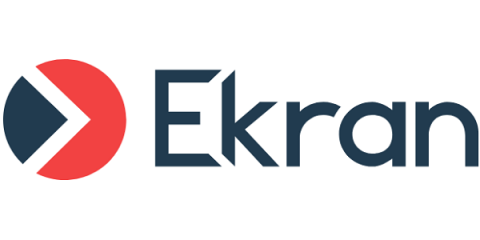How Escalating Privileges Can Shake your Enterprise Security
Privileged access rights are the gateway to critical systems and data. Providing users with elevated privileges is a standard practice, as employees sometimes need access to sensitive data to perform their jobs. At the same time, there’s always a risk of privilege misuse with the aim of industrial espionage or cyberattacks.


